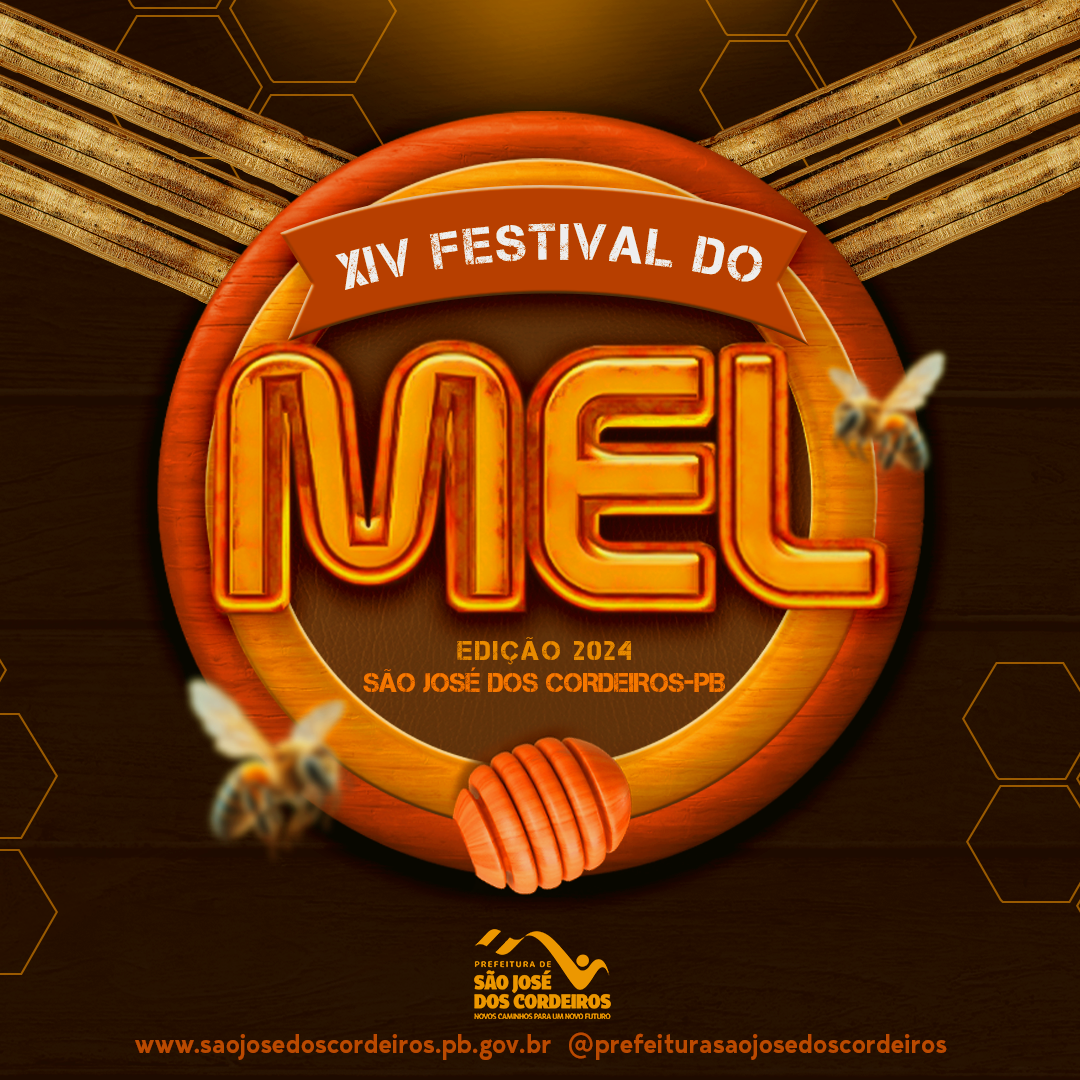A sobrevivência das abelhas nativas na Caatinga
Keywords:
Meliponicultura, semiarido, abelhasAbstract
The Caatinga, one of the most lush and challenging biomes in Brazil, is home to rich biodiversity, including an impressive variety of native bees. These small pollinators play a fundamental role in maintaining the ecosystem, ensuring the reproduction of several native plants and contributing to food production. Native Caatinga bees are adapted to the extreme conditions of the semi-arid region, such as high temperatures, water scarcity and long periods of drought. They play a crucial role in the pollination of several native plants, ensuring the reproduction and perpetuation of plant species essential for the balance of the ecosystem. The Caatinga is home to several species of native bees, each with its own characteristics and ecological importance. Some of the best-known species include: Jandaíra (Melipona subnitida): One of the most famous bees in the Caatinga, it produces high-quality honey with medicinal properties. It is considered a symbol of the region.Mandaçaia (Melipona mandacaia): Another important species, it produces honey with a mild flavor and is quite rustic. Uruçu-nordestina (Melipona scutellaris): It produces honey with a strong flavor and is a species much appreciated by beekeepers. Tiúba (Scaptotrigona sp.): Builds nests in tree cavities and produces honey with a slightly acidic flavor. Native Caatinga bees face several threats, such as: The expansion of agriculture, extensive livestock farming and urbanization are destroying bees' natural habitats. Use of pesticides, illegal collection fires, the importance of meliponiculture in the Caatinga. Breeding native bees is an activity that contributes to the conservation of bees and the sustainable development of the region. By raising native bees, beekeepers help preserve biodiversity, generate income and enhance local culture. The native bees of the Caatinga are true biodiversity jewels and play a fundamental role in maintaining the ecosystem. Protecting these bees is the responsibility of all of us. By adopting sustainable practices and supporting meliponiculture, we can contribute to the conservation of the Caatinga and guarantee a more sustainable future for future generations.
Downloads
Published
How to Cite
Issue
Section
License
Copyright (c) 2024 Adryele Gomes Maia, Paolla Ketylly Silva Leite, Rossino Ramos de Almeida, José Pereira da Silva Filho, Patricio Borges Maracaja, Aline Carla de Medeiros, Kilmer Oliveira Soares, Francisco das Chagas Bezerra Neto, Agílio Tomaz Marques, George do Nascimento Ribeiro (Autor)

This work is licensed under a Creative Commons Attribution 4.0 International License.
Termo de cessão de direitos autorias
Esta é uma revista de acesso livre, em que, utiliza o termo de cessão seguindo a lei nº 9.610/1998, que altera, atualiza e consolida a legislação sobre direitos autorais no Brasil.
O(s) autor(es) doravante designado(s) CEDENTE, por meio desta, publica a OBRA no Caderno Verde de Agroecologia e Desenvolvimento Sustentável, representada pelo Grupo Verde de Agroecologia e Abelhas (GVAA), estabelecida na Rua Vicente Alves da Silva, 101, Bairro Petrópolis, Cidade de Pombal, Paraíba, Brasil. Caixa Postal 54 CEP 58840-000 doravante designada CESSIONÁRIA, nas condições descritas a seguir:
O CEDENTE declara que é (são) autor(es) e titular(es) da propriedade dos direitos autorais da OBRA submetida.
O CEDENTE declara que a OBRA não infringe direitos autorais e/ou outros direitos de propriedade de terceiros, que a divulgação de imagens (caso as mesmas existam) foi autorizada e que assume integral responsabilidade moral e/ou patrimonial, pelo seu conteúdo, perante terceiros.
O CEDENTE mantêm os direitos autorais e concedem à revista o direito de divulgação da OBRA, com o trabalho simultaneamente licenciado sob a Licença Creative Commons do tipo atribuição CC-BY.
O CEDENTE têm autorização para distribuição não-exclusiva da versão do trabalho publicada nesta revista.
O CEDENTE têm permissão e são estimulados a publicar e distribuir seu trabalho online (ex.: em repositórios institucionais ou na sua página pessoal) a qualquer ponto antes ou durante o processo editorial, já que isso pode gerar alterações produtivas, bem como aumentar o impacto e a citação do trabalho publicado.








